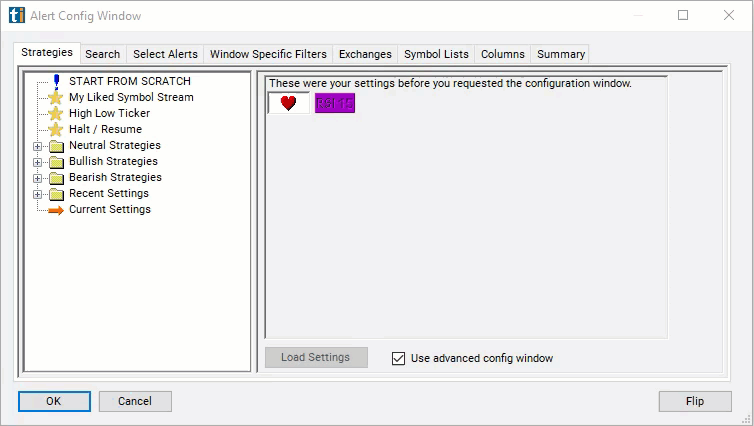60 Minute RSI
Table of Contents
- Understanding the 60 Minute RSI Filter
- 60 Minute RSI Filter Settings
- Using the 60 Minute RSI Filter
- FAQs
Understanding the 60 Minute RSI Filter
The 60-minute Relative Strength Index (RSI) filter is a technical analysis tool used to assess the current momentum of a stock over a short timeframe, in this case a 60-minute chart. RSI is a momentum oscillator that measures the speed and change of price movements. It oscillates between 0 and 100 and is calculated using the average gain and average loss over 14 periods.
Here's how the 60-minute RSI filter works:
Calculation: The 60-minute RSI is calculated based on the price movements of the stock over the last 60-minute period. It compares the magnitude of recent gains and losses to determine whether the stock is overbought or oversold.
Interpretation: An RSI value above 70 typically indicates that the stock is overbought, suggesting that it may be due for a pullback or reversal. Conversely, an RSI value below 30 indicates that the stock is oversold, suggesting that it may be poised for a bounce or recovery.
This filter does not use pre- or post-market data.

60 Minute RSI Filter Settings
The settings of each Trade Ideas filter are defined in the Window Specific Filters Tab located in the Configuration Window of your Alert/Top List Window.
Here is how to setup the filter in your configuration window:
- Set the max 60 minute RSI to 30 to find stocks which are oversold on the 60 minute time frame.

Using the 60 Minute RSI Filter
Several trading strategies can be employed with the 60 Minute RSI filter. Here are a few examples:
Overbought/Oversold Signals: Traders monitor extreme RSI readings to identify overbought and oversold conditions. When the 60-minute RSI crosses above 70, indicating overbought conditions, traders may consider selling or shorting the stock. Conversely, when the RSI crosses below 30, indicating oversold conditions, traders may consider buying or going long on the stock.
RSI Divergence: Traders look for divergences between price action and RSI readings. If the price is making new highs while the 60-minute RSI fails to confirm these highs (making lower highs), it could signal potential weakness in the trend. Traders may consider taking a contrarian position, such as selling or shorting the stock.
RSI Centerline Crosses: Traders monitor RSI crosses of the centerline (50). When the 60-minute RSI crosses above 50, it suggests increasing buying pressure, and traders may consider going long. Conversely, when the RSI crosses below 50, it indicates increasing selling pressure, and traders may consider shorting or selling the stock.
FAQs
What is the 60-minute RSI and how is it calculated?
- The 60-minute RSI is a technical indicator that measures the speed and change of price movements over a 60-minute timeframe. It's calculated using the average gain and average loss over the last 60-minute period. The formula involves dividing the average gain by the average loss and converting it to an index that oscillates between 0 and 100.
How do I interpret overbought and oversold conditions on the 60-minute RSI?
- RSI levels above 70 are considered overbought, indicating that the stock may be due for a pullback or reversal. Conversely, RSI levels below 30 are considered oversold, suggesting that the stock may be poised for a bounce or recovery.
Can the 60-minute RSI be used for day trading or scalping?
- Yes, the 60-minute RSI can be used for day trading or scalping strategies, as it provides insights into short-term momentum and price fluctuations. Traders often use it to identify intraday trading opportunities and make quick decisions based on rapid price movements.
Filter Info for 60 Minute RSI [RSI60]
- description = 60 Minute RSI
- keywords = Fixed Time Frame
- units = 0 - 100
- format = 1
- toplistable = 1
- parent_code = RSI1




